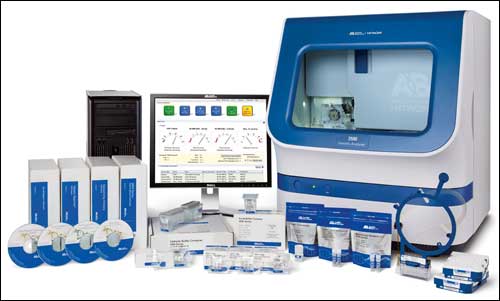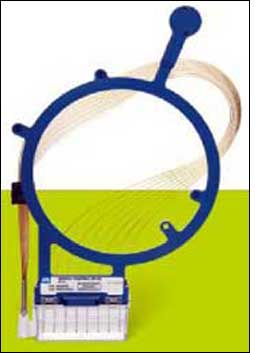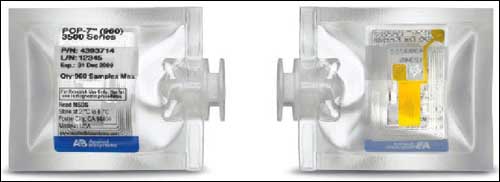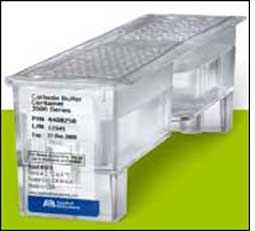Jun 05, 2009Applied Biosystems, a division of biotechnology tool company Life Technologies Corp., is marketing two new lines of genetic analyzers that will employ RFID technology to track the lifespan of consumables as they are used in genetic research, or for diagnostic purposes.
The 3500 Series, designed for research use only, will be sold worldwide, to be utilized by universities and laboratories in researching DNA from plants, humans or other animals. The 3500 Dx Series, to be used for medical diagnostic purposes, will be sold only in seven countries in Europe. Either series can also be employed to separate strands of DNA for identification purposes, such as forensics (earlier versions had been used to determine the first map of the human genome).
Both models will be available in August 2009, and will include RFID technology, which Applied Biosystems is using for the first time to track substances that the devices consume during genetic tests. These consumable substances—namely, polymers, buffers and arrays of glass capillaries—are inserted into the machine prior to genetic testing. After a certain amount of use, they must be replaced, but the lifetime of a consumable item varies depending on the type of testing being performed, as well as how long that item has remained in the machine.
Each test also requires an array of narrow glass capillaries in which DNA strands are injected, explains Andy Felton, Applied Biosystems' senior product line manager of capillary electrophoresis systems. The testing results will be affected in situations where, for example, consumables are not working correctly, the capillary array has passed its expiration date or the quantity of polymer or buffer has run low.
To date, operators of genetic analyzers have tracked the use of consumables themselves, maintaining a manual log or looking at a bottle of polymer or buffer to estimate the amount of fluid remaining.
Polymers come in plastic pouches, and buffers are stored in plastic containers. Attached to each pouch or container is a Texas Instruments 13.56 MHz RFID tag complying with the ISO 15693 standard. The tag stores up to 256 bytes of data regarding the consumable product, such as its lot number, expiration date and quantity.
Each array of glass capillaries is also fitted with a similar RFID tag. When a pouch, container or capillary array is inserted into the analyzer, an RFID interrogator (each machine contains three, manufactured by Hitachi) captures the RFID label's unique ID number, as well as other descriptive data. That information is then sent via an Ethernet connection to a PC that Applied Biosystems provides with the analyzer. The Applied Biosystems software on the PC receives that data and displays it on the monitor. The user then proceeds to select the desired type of testing, and the results of the genetic test will later be uploaded to the software.
When the test is conducted, information pertaining to how much of a specific consumable will be used is written to the pouch or container, which remains inside the machine throughout testing. In that way, if a pouch or container is used for another test, or is removed and later reinserted into the genetic analyzer at a future time, the software has an updated report regarding the remaining quantity of that substance, and again displays that data for the user. Each time a test is performed, the pouch's or container's RFID tag is updated.
When consumables need to be replaced, a warning alert is displayed on the PC monitor. Most capillary arrays, for instance, can be used for approximately 160 injections before they must be replaced. RFID provides convenience and reduces the need for retests because of insufficient consumable supply.
"This is an ease-of-use benefit," Felton says, noting that it saves the user time previously spent manually tracking the consumables' lifespan. "It's more cost-effective, and there is less manual error," he states. Without an accurate record, analyzer users may have to redo a time-consuming test conducted with insufficient consumables.





